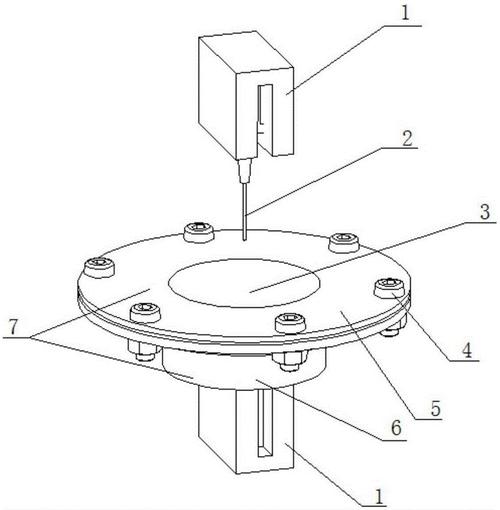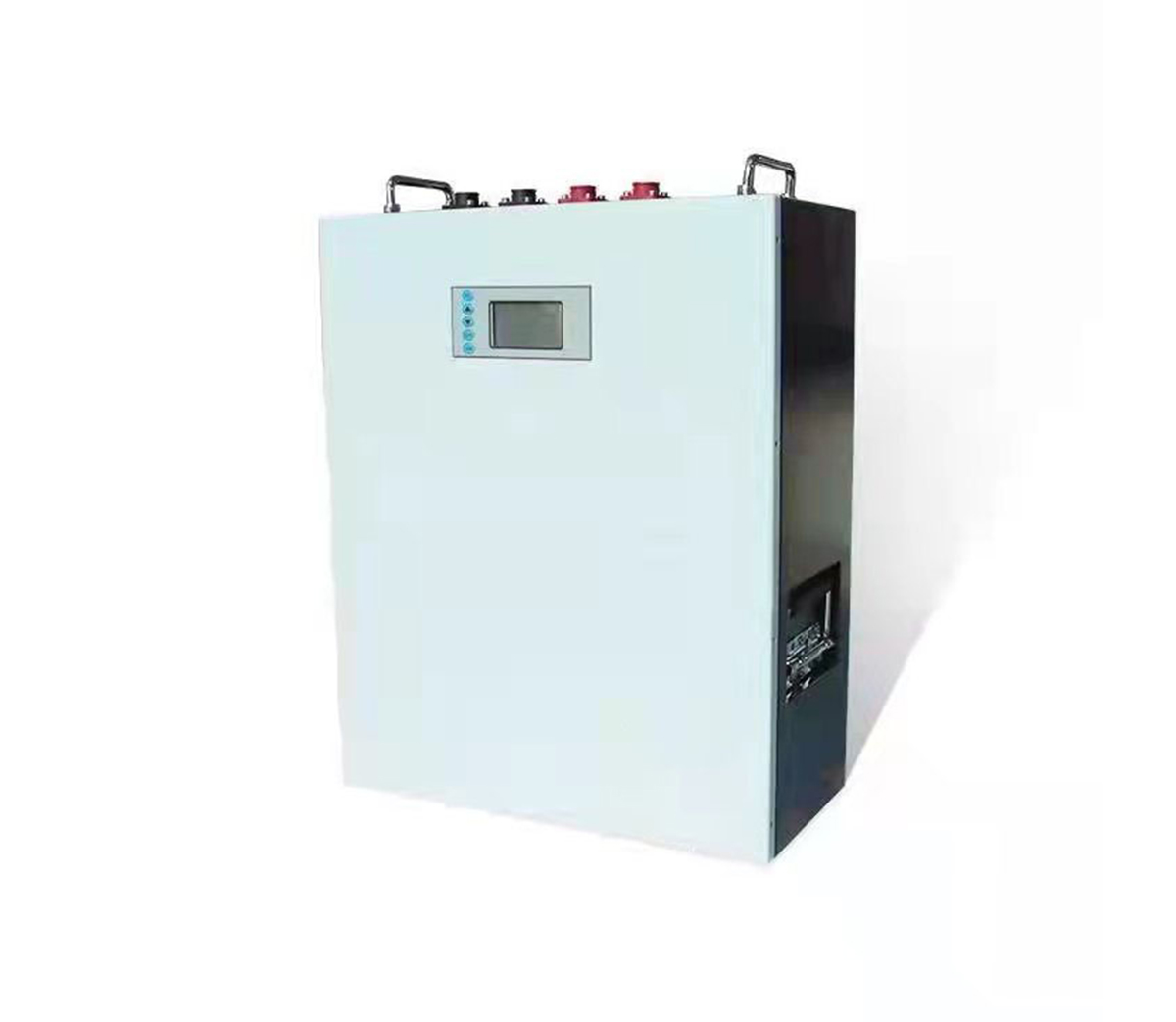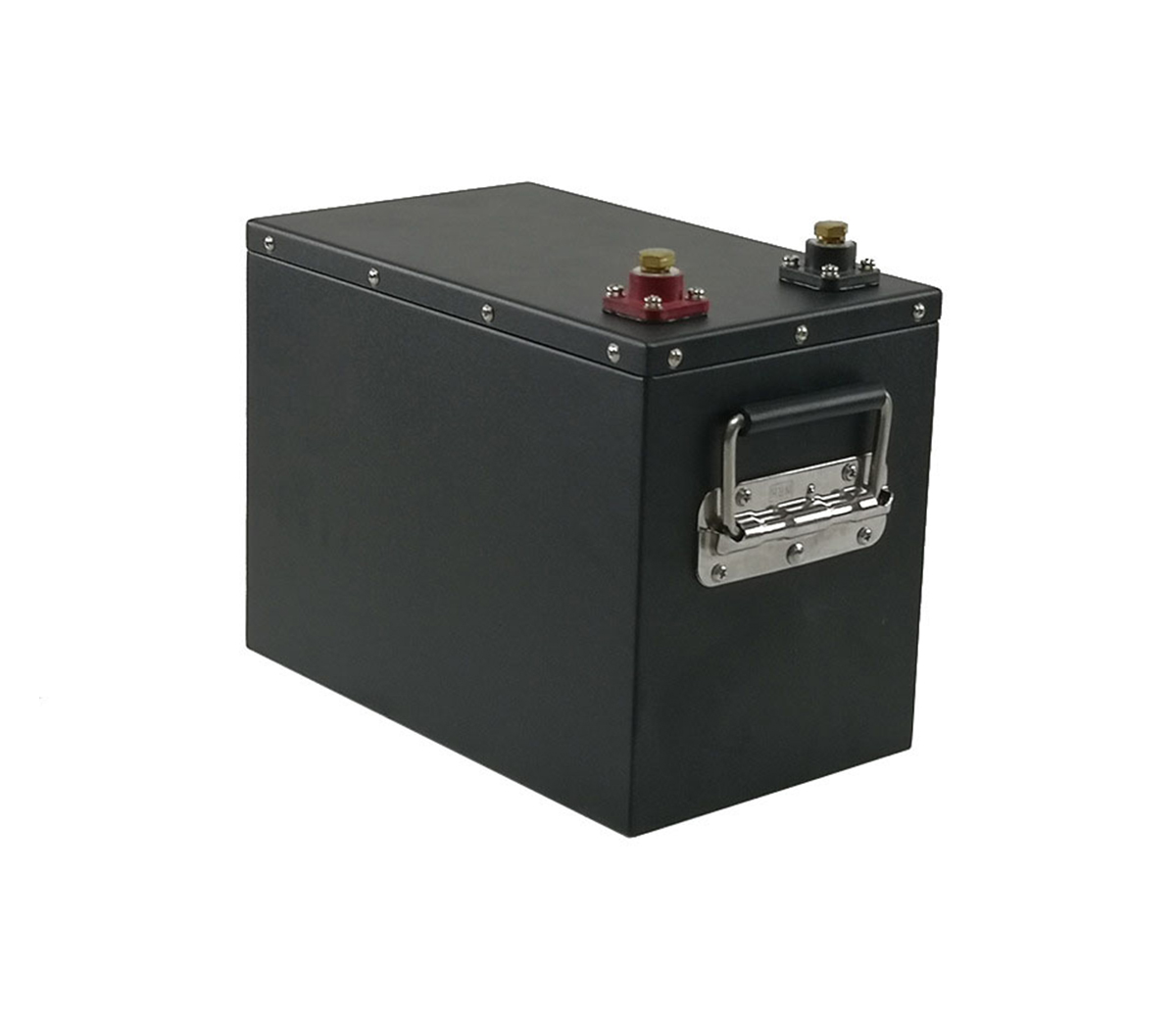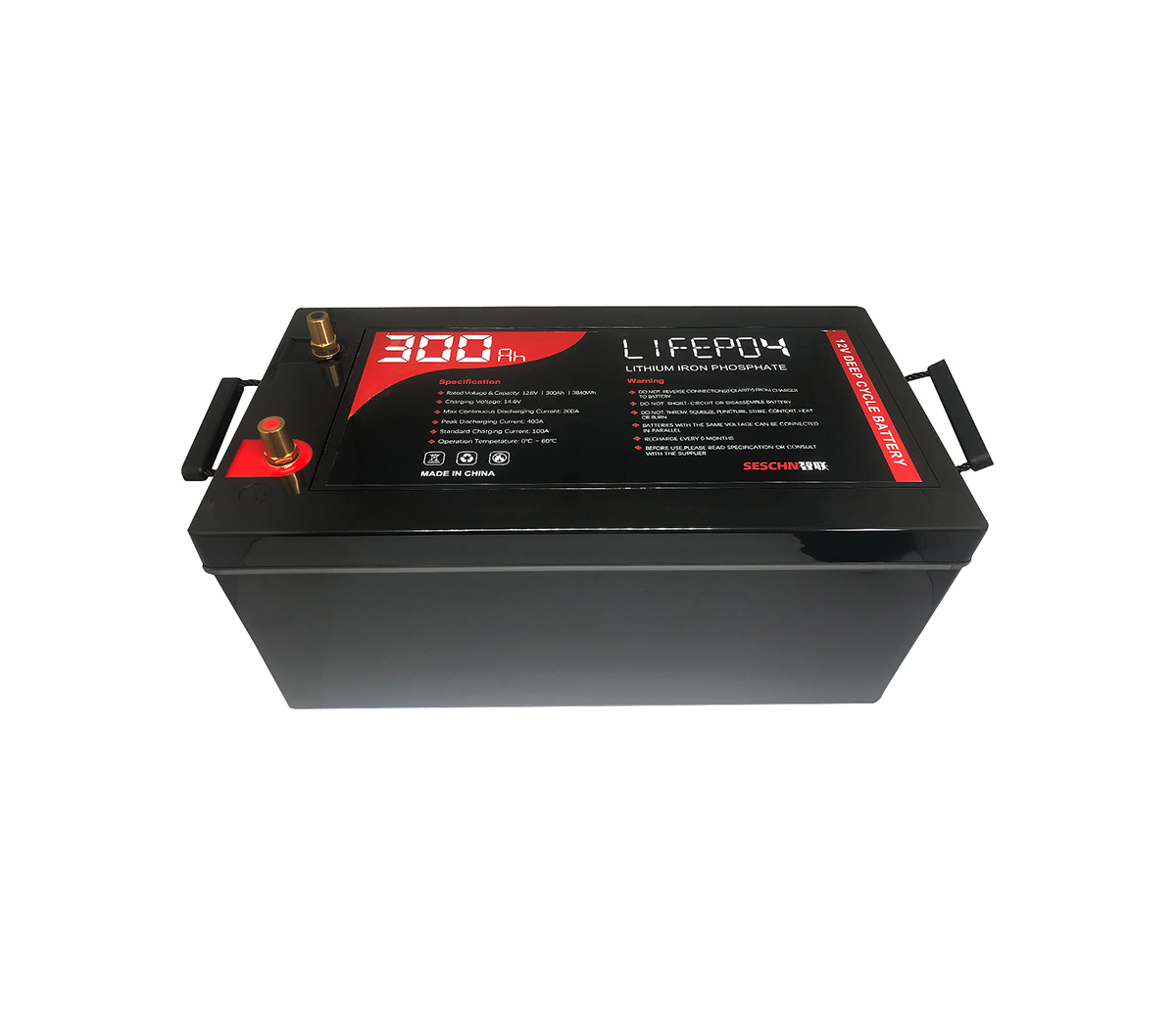
At present, the industry generally believes that the short-term goal of
lithium battery technology is to achieve 300wh/kg through high nickel ternary
anodes and silicon carbon anodes; the medium-term (2025) goal is based on
lithium-rich manganese-based/high-capacity Si-C anodes to achieve single The
body is 400wh/kg; in the long term, it is to develop lithium-sulfur and
lithium-air batteries to achieve a specific energy of 500wh/kg. In the article
"Why Lithium Sulfur/Lithium Air Battery Does Not Have Power Battery Application
Prospects", Professor Ai Xinping of Wuhan University has recognized the
feasibility of the short-term and medium-term goals and discussed in detail that
lithium sulfur/lithium air batteries do not have power battery applications. The
reason for the prospect; in the article "Where is the way out for the innovation
of lithium battery core materials?", the next generation of lithium battery
materials solutions are also discussed.
1. Battery safety issues.
Among them, the dissociation heat of the positive electrode is an important
cause of thermal runaway of the battery. Taking three raw materials as an
example, whether it is high nickel ternary or general ternary, their thermal
stability is much worse than that of lithium iron phosphate. Not only does it
emit a large amount of heat, but also has a low decomposition temperature, which
will lead to the safety of our future batteries. The problem will be more
serious. Of course, to solve the safety problem, we need to work in all
directions from three aspects: materials, monomers, and systems.
Only a few solutions at the monomer level are discussed here.
The first idea is to develop battery self-excited thermal protection
technology.
Lithium batteries have no temperature-sensitive features, and high
temperature may cause thermal runaway. If there is a temperature-sensitive
material in the battery that can effectively cut off the transmission of
electrons and ions when the temperature is high, the battery will automatically
shut down its reaction under abuse conditions to avoid further temperature
rise.
The easiest way is to use PTC materials in batteries to achieve temperature
sensitivity. In fact, PTC materials are used in many fields, but the batteries
are not used. The main feature of PTC material is that it conducts well at room
temperature; when it reaches a certain conversion temperature, the resistance
rises sharply, changing from a conductor to an insulator, which cuts off the
electron transmission on the electrode.
Research also found that some conductive polymers have PTC effect and are
soluble. This material can be used to prepare very thin coatings. For example:
P3OT polymer, the conductivity is relatively high at 30-80 degrees, but there
will be three orders of magnitude change immediately at 90-110 degrees, the
coating is less than 1 micron, about 600 nanometers, so Will not affect the
energy density of the battery. This material exhibits thermal shutdown
properties at 120 degrees, which significantly improves the safety of the
battery under conditions such as overcharging, hot box, and acupuncture.
In addition, thermally closing the diaphragm is also a feasible method. The
existing three-layer diaphragms all have a thermal shutdown function. For
conventional diaphragms, its closed cell temperature is determined by the
melting point of PE, which is about 135 degrees; the melting temperature is
determined by the melting point of PP, which is about 165 degrees. Because the
closed cell temperature is too high, after the heat is turned off, the thermal
inertia can easily cause the battery temperature to continue to rise to 165
degrees, causing the diaphragm to melt and the battery to short-circuit.
Therefore, the thermal protection effect of the conventional diaphragm is
limited.
If a layer of plastic micropores is coated on the surface of the diaphragm,
the surface microsphere layer will melt when the temperature reaches the melting
point of the microspheres. After the ball is melted, the hole in the diaphragm
is blocked. As a result, the holes on the surface of the electrode on which side
the microspheres face are blocked, and the effect is very obvious. As the ion
transmission is cut off, the battery reaction stops and the battery is safe.
The second idea to solve the safety problem is to develop all-solid-state
batteries.
In fact, in terms of increasing the volumetric energy density,
all-solid-state batteries are very promising. As battery density increases,
volumetric energy density becomes more and more important for passenger cars.
Judging from the feedback at the 57th Japan Battery Conference, some R&D
institutions in South Korea and Japan are conducting research on solid-state
batteries, and some large domestic battery companies such as ATL are also doing
research in this area.
Comparing all solids and liquids, the main advantage is high safety.
Another feature is the ability to achieve internal series connection, which is
beneficial to the improvement of the energy density of the module and the
system. However, its interface stress is large and its stability is poor. The
solid electrolyte must be in full contact with the active material particles,
otherwise the transmission of lithium ions cannot be realized. However, any
electrode material, whether it is graphite or ternary material, will change in
volume during charging and discharging. Once the volume change causes
solid/solid separation, the conduction of lithium ions will be hindered, and the
battery performance will drop rapidly.
Therefore, one of the key points of the whole R&D of solid battery is
the choice of solid electrolyte. From now on, sulfide is more suitable because
sulfide is relatively soft; the second is the construction technology and
stabilization technology of solid/solid interface. There is a knack, if it is
definitely not possible to do it with pure solid electrolyte, the best way is a
hybrid of inorganic and polymer; the third is the development of production
technology and special equipment. The production process of solid-state
batteries is definitely different from our current business format.
2. Design technology of high-capacity electrode.
After the energy density increases, the problem of electrode design becomes
more prominent. The proportion of active materials in the battery is an
important factor that affects the specific energy of the battery. The same
positive and negative materials, the same gram capacity, if the active material
in a battery accounts for a relatively small mass, the energy density of the
battery will be low. Therefore, to increase the energy density, it is necessary
to fill as much active material as possible from the battery of the same weight.
More active materials must be less auxiliary materials, copper foil should be
reduced, and aluminum foil should be reduced; in fact, the most important thing
is to make the electrode thicker. If the electrode is thicker, the amount of
current collector and diaphragm will be reduced.
However, lithium ion electrodes cannot be made thick. After thickening, the
electrode surface polarization becomes larger, and the utilization rate of the
electrode in the thickness direction decreases, and it will cause problems such
as lithium ionization in the negative electrode and decomposition of the
positive electrode during the charging process. In terms of increasing energy
density, it is hoped that the thicker the better; but the polarization theory
tells us that the thinner the electrode, the better, the two are completely
contradictory. As the energy density increases, for example, a single unit of
100wh/kg now becomes 300wh/kg, which means that the current per unit weight of
the material increases simultaneously. Therefore, it is very difficult to
maintain power performance for future high energy density batteries. , So
high-capacity electrode design technology is becoming more and more important.
There is actually a way to resolve this contradiction. The liquid phase current
increases as it gets closer to the diaphragm, and this current is the external
current; along the thickness of the pole piece, the liquid phase current
gradually decreases, and the solid phase current gradually increases. Therefore,
the closer the diaphragm to the electrode, the higher the pores, and the closer
to the electrode's polar fluid, the lower the electrode pores can be. Therefore,
in order to ensure high energy density and power performance, it is necessary to
design an electrode with a gradient pore distribution. With the application of
new materials and the improvement of battery energy density, the design of
gradient pore electrodes becomes more and more important. As for the degree of
gradient, it is difficult to find out by experiment. It is necessary to
establish a polarization model.
Finally, a summary by Professor Ai Xinping of Wuhan University:
1) Lithium-ion batteries are still the focus of power battery development.
To solve the problems of low cycle coulombic efficiency of silicon anodes and
voltage attenuation of lithium-rich manganese bases, it is expected that
advanced lithium-ion power batteries with specific energy exceeding 400wh/kg
will be developed.
2) From a long-term perspective, innovative lithium-ion batteries are more
realistic and feasible than lithium sulfur and lithium air. The development of a
high-capacity lithium-rich oxide positive electrode based on the anion charge
compensation mechanism can develop a power battery with a specific energy
greater than 500wh/kg. 3) Safety determines the prospects of high specific
energy battery loading applications. The development of self-heating control
technology and all-solid-state batteries is a feasible solution, and it is
necessary to step up research.
4) High-capacity electrodes are the basis for achieving high specific
energy of batteries. According to the new polarization, the development of
gradient porosity electrodes has an important role and significance for the
development of high specific energy batteries.



































